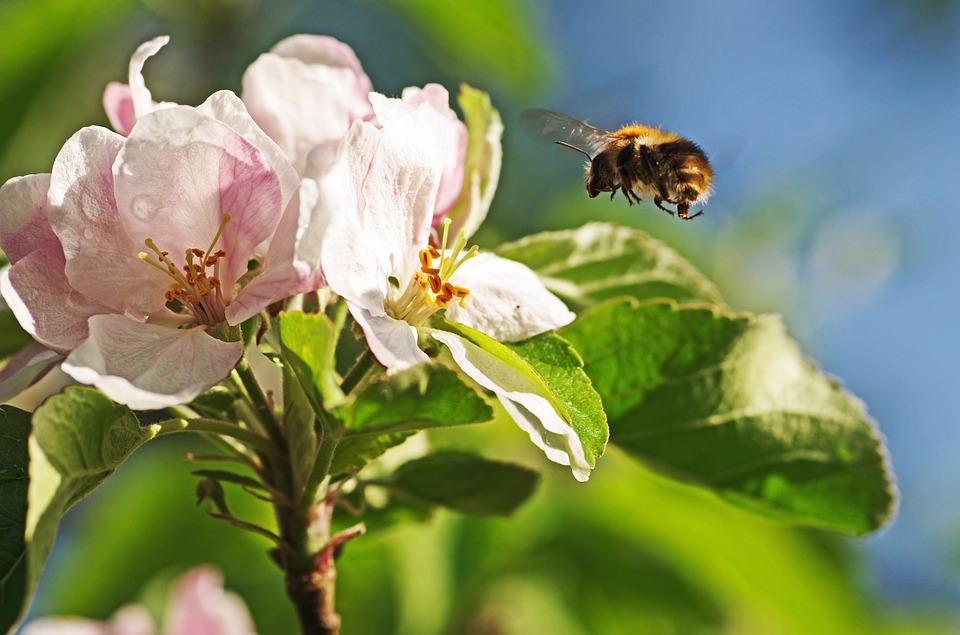NEW YORK - Frontier Communications, a publishing company that supplies print telephone directories to customers in Rochester, New York and beyond, has recently and curiously reversed a decision it made regarding curtailing the mass delivery of their Yellow Pages business listings book, instead opting to continue supplying it to residents in their area despite their fading demand and greater reliance upon digital options.

In early 2019, Frontier had approached the New York State Service Commission and asked for permission to end the mass delivery of Yellow Page directories to its customers, arguing that interest in print directories had decreased greatly in favor of reliance upon electronic directory options. Citing the fact that the vast majority of consumers simply throw the Yellow Page directories they find on their doorsteps in the trash or recycling bin, Frontier also pointed out that the creation and disposal of their directories had a detrimental impact upon the environment. Based on their pervasive arguments, Frontier was given approval to end mass delivery of their Yellow Page directories; delivery would only be made to customers who had personally requested a copy, Frontier said.
Frontier had also ended the delivery of their residential White Pages directories five years ago, a decision they have completely adhered to.
However, Frontier recently reversed themselves in regards to their Yellow Page directories, stating that they had no intentions of ending it anytime soon. This, according to reports, is possibly due to the fact that the vast amount of business advertising contained on each page generates a great deal of revenue for Frontier. With their most recent directory coming in at 900 pages, that's a lot of potential revenue that they’d be giving up.
It remains to be argued how visible those ads are, however; regardless of whether or not residents are actually having a print phone directory delivered, it is more than likely that the vast number of them that do never even crack them open once. Aside from some older segments of society, nowadays most people are far more likely to hop on their computer or whip out their smartphone if they need to find the phone number or address of a local plumber, restaurant, or retail store. But again, the aforementioned older segment of society often insists on hanging on to the way things were, and it seems that a majority of them made their voices heard. That, coupled with an advertising department that's clearly working overtime, are likely the reasons why Frontier decided to reverse their decision. But if you're one of their customers who no longer wanted to receive the book, fear not; you still have the option of opting out of delivery, either through Frontier’s website, or through any number of online alternatives....including right here, on Yellow Pages Goes Green.
However, the fact that Frontier filed to cease delivery the company sees the writing on the wall; namely, that the average consumer typically has little-to-no use for print phone directories, which have actually existed in one form or another for well over a century in the Rochester area. And as demand decreases for them, it's more likely that advertisers will abandon Frontier; it’s only a matter of time.
For the time being, Frontier is hanging on to a moneymaker for as long as they can. But in this day and age of widespread digital information – as well as an increased awareness of the environmental impact that the creation and disposal of print phone directories has – you can probably find yourself counting the seconds before Frontier does away with mass delivery of their Yellow Pages directory once and for all.



